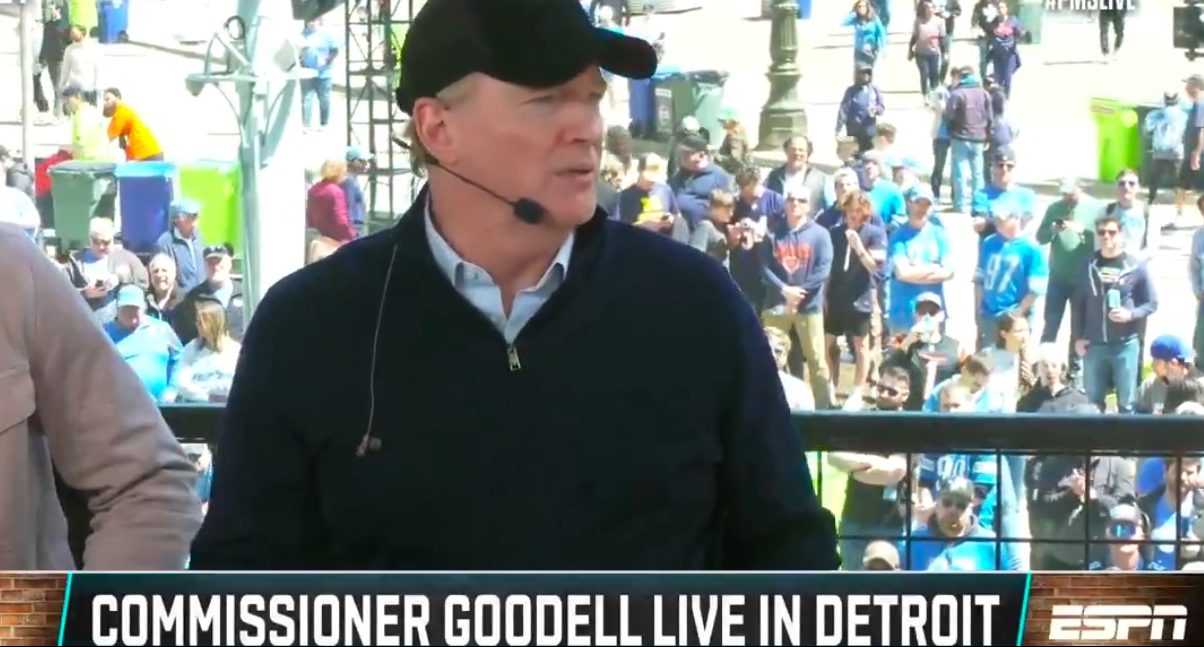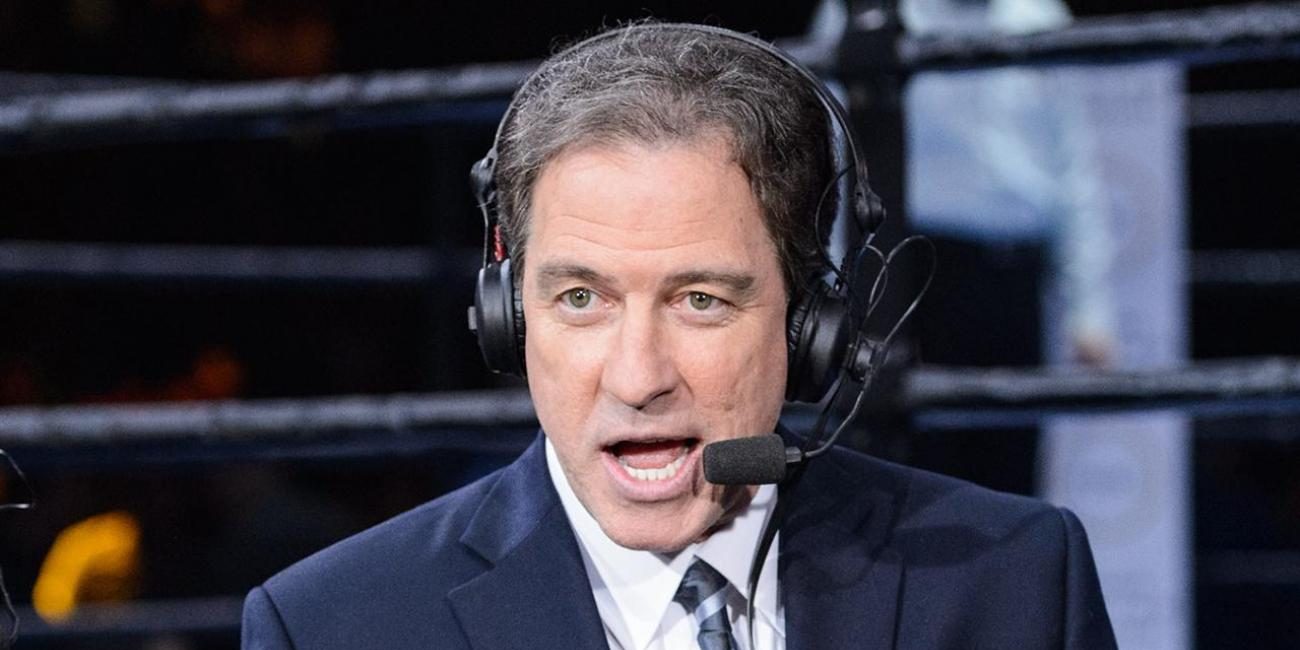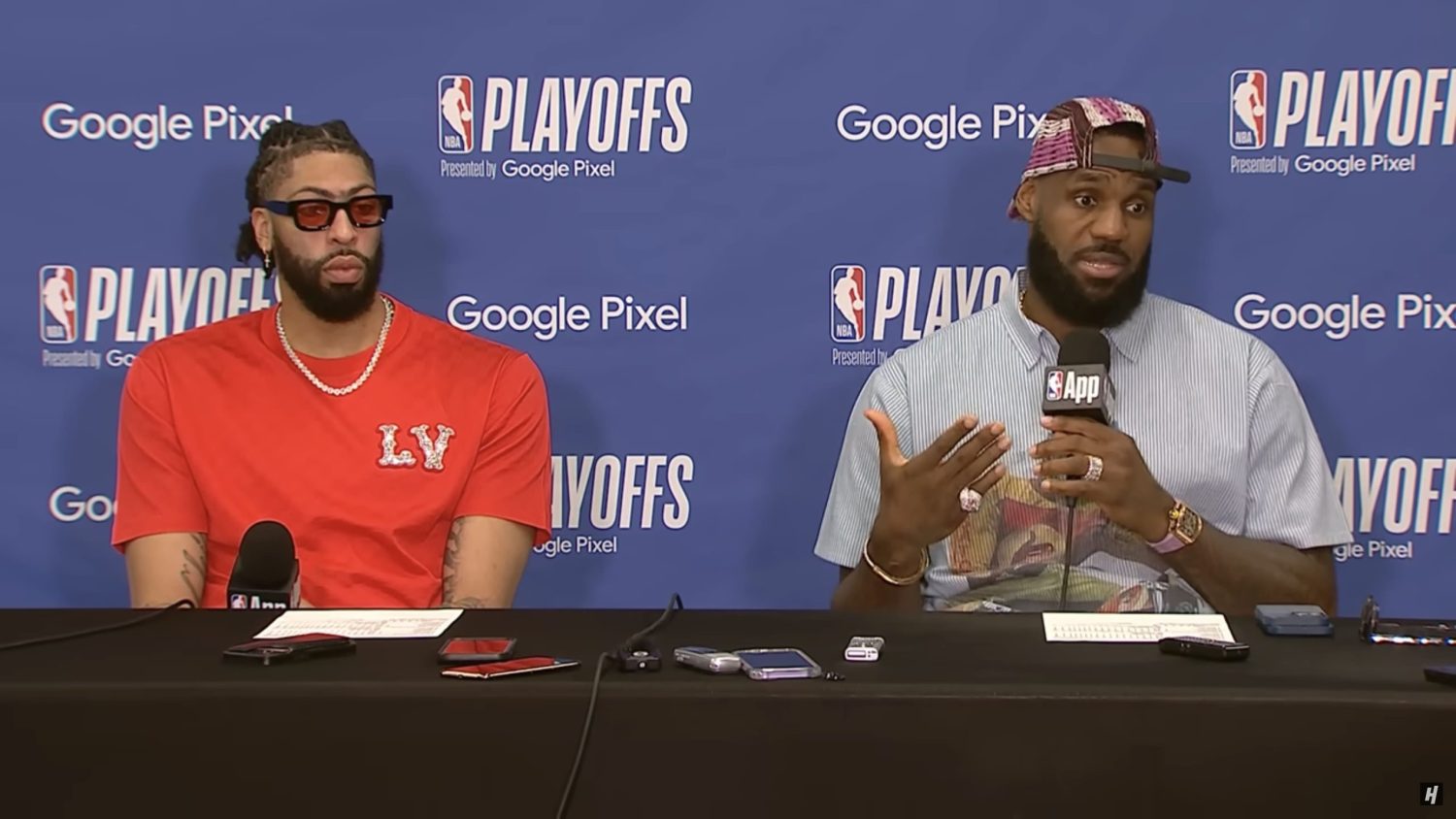Back in 2002, MLB started streaming out-of-market games. That business has evolved a long way over the almost two decades since, and MLB chief operations and strategy officer Chris Marinak (promoted to that role last year) spoke to Awful Announcing recently about those changes, about where MLB.tv and associated streaming apps are now, and about where MLB is trying to take those products in the future. Marinak specifically took over responsibility for MLB streaming around 2017, following the sale of BAMTech to Disney, and he said the focus since then has been on expanding what MLB’s streaming side can do for fans.
“Throughout the 2014-16 period, we had been building the BAMTech business, working on things for the NHL and some of our other clients. In 2016, we got an agreement to divest that piece of the business, and as part of the divestiture, we ceded a portion of the business over to them [Disney]. In 2017, once the divestiture was complete, we refocused on the remaining technology organization in baseball, on the baseball products; the MLB app, MLB.tv, the website, the ballpark app, all those pieces. Once that bifurcation happened, I picked up the work on the MLB.tv side and did a lot of the work to try and build it out from there.”
Marinak said a look back at the history of MLB.tv and associated streaming shows not just how far the service has come, but also how early they were on many things that many services offer today.
””Going back to the beginning, it was a very basic product. The picture quality was pretty limited. The thing I think we take the most pride in is how innovative the product was and how many features were added along the way, and how those features were industry-leading as they were added. Some of the biggest examples are a lot of the things we did in partnership with Apple, particularly the original construction of the MLB app and the integration of MLB.tv into the MLB app, at the time called the At-Bat app. I really think the way the product evolved, we were industry-leading in a lot of regards.”
He said the innovation has amped up recently, with personalization of content that might be appealing to individual viewers (and content beyond just the live games of their favorite team) a key recent focus.
“In the last couple years, I would say that trend has continued. One, this past year, we really revamped the look and feel of the product. It took it from what it had historically been, a game-watching package, pick your game, watch your game for three hours, to a product where it was more of a Netflix-style interactive guide and it has a whole host of additional content, above and beyond live content and above and beyond out-of-market game content.”
Marinak spotlighted one new whiparound show in particular, “MLB Big Inning,” which is confirmed to return in 2022.
“There’s a new product this year called “MLB Big Inning,” a whiparound that takes you park to park. There’s a whole host of MLB original content, highlights, game recaps. We really went out of our way in the last couple years to make this about more than just out-of-market games. We’ve really tried to evolve the product so it’s about more than just watching games, there’s a whole host of other things. And I think that provides us a foundation to build on top of going forward, continuing to evolve and develop the product so it’s compelling for a wider and more diverse user base.”
And he said results are already promising, with many people who might have initially only looked at MLB.tv streaming for particular games now consuming other MLB content tailored to them.
“We’re already seeing significant consumption on those items. For example, I’m a Yankees’ fan, I come to the platform to watch a Yankees’ game, but then I see something else that’s interesting to me, or my game ends and I get thrown into something else like the The Big Inning show that I’m interested in, and I stick with it, so I stick with the product. We’re seeing a lot of synergies from that kind of activity already, and I think that’s only going to escalate.”
Another focus for MLB.tv recently is trying to improve year-round retention of and engagement of consumers. One effort there has been with increased streaming of winter league games, such as a deal to show every game from LIDOM (the Dominican Winter League). And Marinak said they’re focused on trying to provide other retrospective and archive content that will appeal to fans during the offseason as well.
“How do you try and provide additional content that is evergreen, that’s on-demand, that you can watch in the offseason? It’s trying to do a better job of surfacing prior game content and historical game content, things that are appealing after the World Series concludes. Look, if the product is only exclusively baseball content, you’ll never see the same volume of user consumption in the offseason that you do during the regular season, it’s just not going to happen. But I do think the way people consume video content is much different today than it was even three to four years ago, and they are willing to go straight to their apps and pull content up directly versus going there only for certain high-profile events.”
“A lot of people still go to the app in the offseason to check information, hot stove activity, and if they’re there and they’re looking for news or information, they may see an original piece they like or some sort of other content that’s compelling to them and they’ll dive in and watch it. Versus four to five years ago, particularly on connected devices, people were not using the product extensively after the season concluded. We’re certainly seeing more unique users, more minutes consumed in the offseason. And I think you’re going to see a big increase in that this offseason, because we just added a new program guide, a lot of on-demand content.”
Compared to 2002, MLB.tv is facing much more streaming competition these days. But Marinak said that’s been good for them in some ways; sure, they’re facing competition for eyeballs, but they’ve also been able to learn from what’s worked for other streaming services.
“Our innovation is more of a hybrid approach now, baseball-specific innovation paired with things from the marketplace. We’re seeing things from the big players like Netflix, Amazon, Disney, etc., that are innovative, and that enters the marketplace and pervades the marketplace and becomes sort of a basic customer expectation. We pick those things up along the way that make our product better. We embrace those things because we think they make our product better.”
And he said they will still stand out thanks to the focus of their content, and there’s innovation around that content that you won’t see from purely on-demand services.
“But we’re also still innovating on baseball-specific features and offerings that are not going to be coming from a Netflix, which is only video on demand, or an Amazon that doesn’t have a lot of sports content. So it’s more of a hybrid approach today than it was in the past. But I think it’s pretty clear that the overall product is substantially better now than it was before. And at the end of the day, we’re here to make a great product, and it’s not necessarily about ‘Well, it has to be things that are unique to baseball.'”
“For us, it’s about making a great product that people love, and the proof of that is in the numbers. This is a product that’s been around for almost 20 years, that’s been growing at high rates for a long period of time. This past year, we just grew 26 percent in terms of the subscriber base. So it’s not like we’ve peaked out or maxed out our audience. We’re still seeing substantial interest and engagement from the audience, and from the new audience that’s coming to the product over time.”
Something that always comes up with MLB.tv is that it’s an out-of-market streaming service, and, as such, games of the “local” team are blacked out on it. (And MLB’s blackout regions are particularly extensive compared to many other leagues.) Marinak has spoken out before on MLB attempts to alter that, and he added more on that front in this interview.
“The response from the consumer is that it’s confusing and hard to understand, and that’s something we’re absolutely sympathetic to. I think a lot of the structure was built in an era where these types of products weren’t as commonplace. We need to grow and adapt and be current with the marketplace, and we’re absolutely aware of that. We’re working with our partners on how we can make these products more accessible and get our games in front of more people. So the problem, or the reason why it’s an acute issue, is just it’s a very difficult issue to dive into.”
“We’re a 150-year old sport, we’ve been on television for 75 years or more, a lot of these structures were built over a long period of time, and you can’t just unwind those in six months and stand them back up again. We are actively working on things to ease some of the blackout issues, we are speaking to the RSNs, we are speaking to the clubs. I do think you’re going to see developments, improvements, changes in these areas. We’re aware of the challenge, and frankly, we’re aligned with the fan. We’re here to provide our content and make our games available to fans as widely as possible, so our interests are aligned, it’s just a matter of executing on the process to get to that point.”
Read on for Marinak’s comments on Sinclair’s moves for streaming local MLB games, for his thoughts on how to address the blackout issues, and for the increased personalization he expects from MLB.tv in the future.







